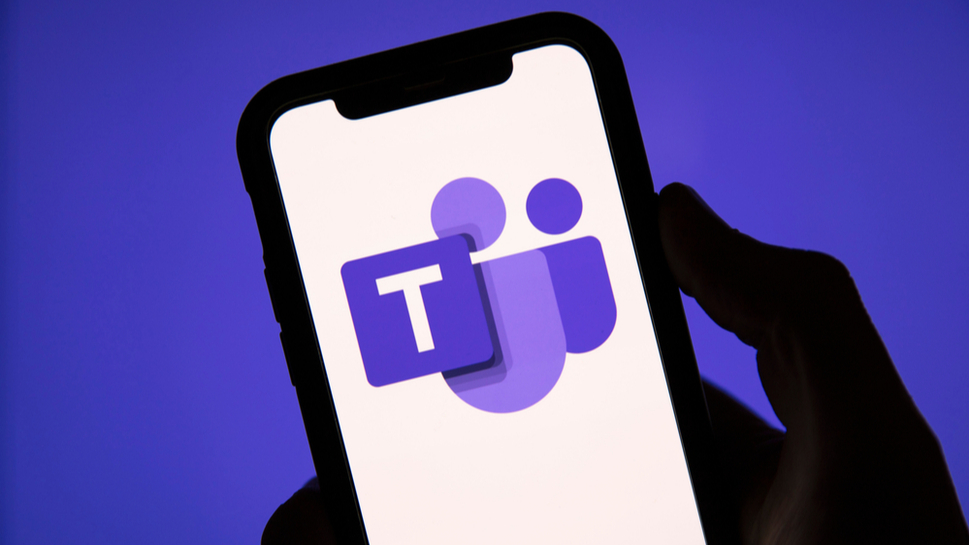Microsoft Teams update solves a frustrating problem for an overlooked user group
Getting business calls to your personal phone line can be quite annoying for call queue agents

Microsoft is working on a new update for Teams that will make it even easier to place and receive calls using its online collaboration tool.
Besides video conferencing and workplace chat, Teams can also be used to make and receive calls in the same way one would do so with a business phone system. This is especially useful for call queue agents that need to route calls to others in their organization that can help with a particular issue or question.
According to a support document from Microsoft, call queues provide a greeting message, music while people are waiting on hold, call routing in First In, First Out (FIFO) order and handling options for both queue overflow and timeout.
Up until now though, call queue agents that used their own smartphone to route calls often had recipients call back their personal lines as opposed to their organization’s call queue number.
Dynamic caller ID for call queue agents
According to a new post on the Microsoft 365 Roadmap, call queue agents can now place calls from Teams’ Calls app using a call queue phone number as their caller ID.
Although this isn’t the biggest update to Teams, it can ensure that a call is properly identified by a recipient and that they call back the call queue number instead of a call queue agent’s personal line.
In a separate post on the Microsoft 365 Roadmap, Microsoft has revealed that it will be adding the option to delete call history in June of this year. Once this feature rolls out, it will allow call history users to hide call history records from their call history view.
Sign up to the TechRadar Pro newsletter to get all the top news, opinion, features and guidance your business needs to succeed!
While a VoIP phone could be a good investment for those working from home, Microsoft has continued to improve the calling abilities in Teams so that employees can call co-workers, partners and customers using their existing Android smartphone or iPhone.
After working with the TechRadar Pro team for the last several years, Anthony is now the security and networking editor at Tom’s Guide where he covers everything from data breaches and ransomware gangs to the best way to cover your whole home or business with Wi-Fi. When not writing, you can find him tinkering with PCs and game consoles, managing cables and upgrading his smart home.
